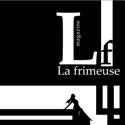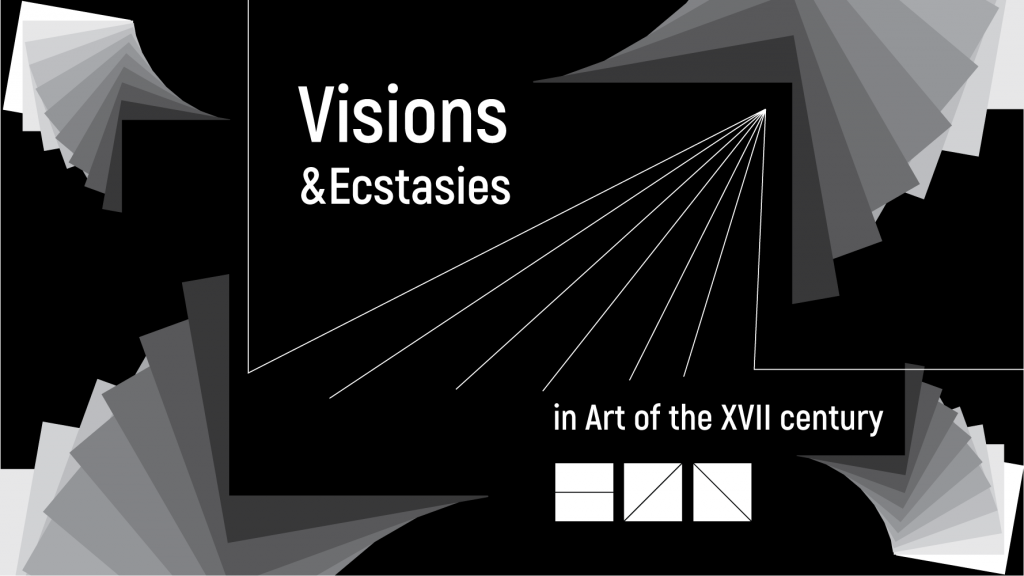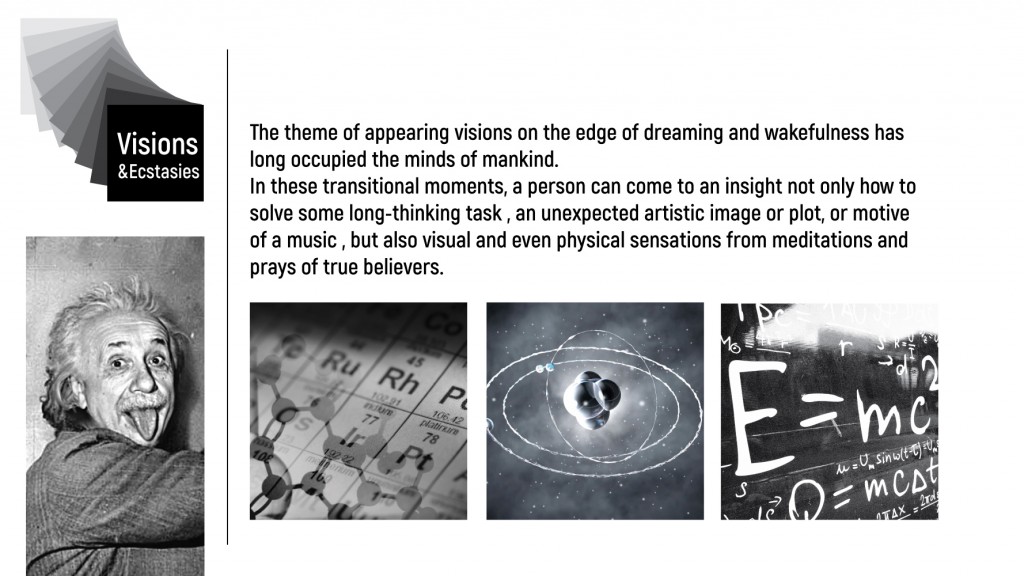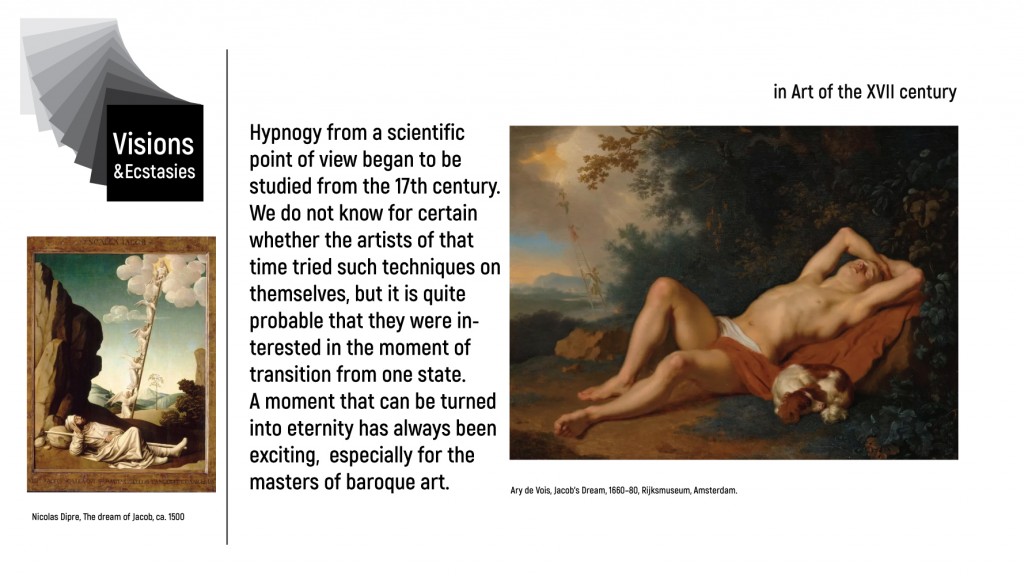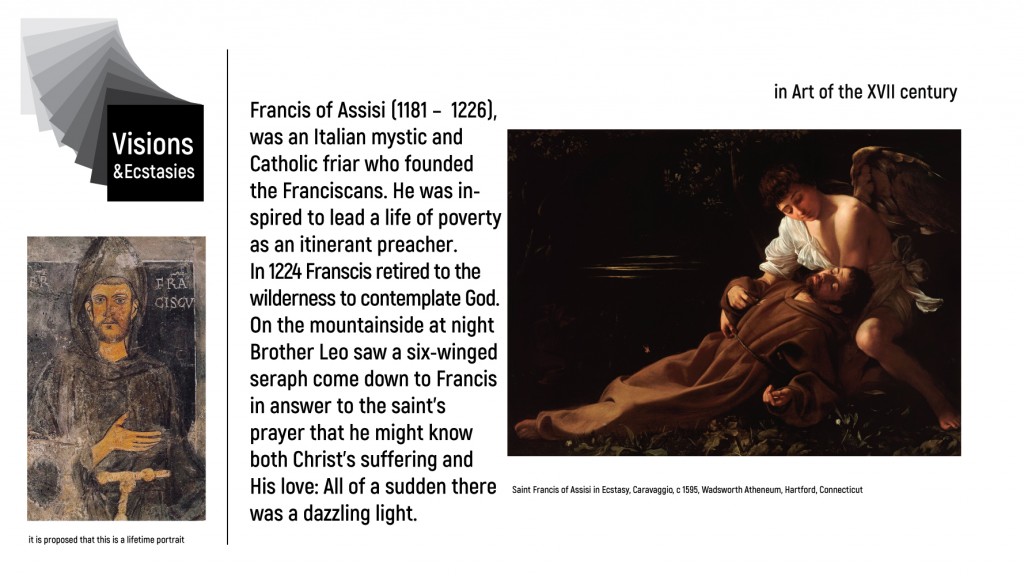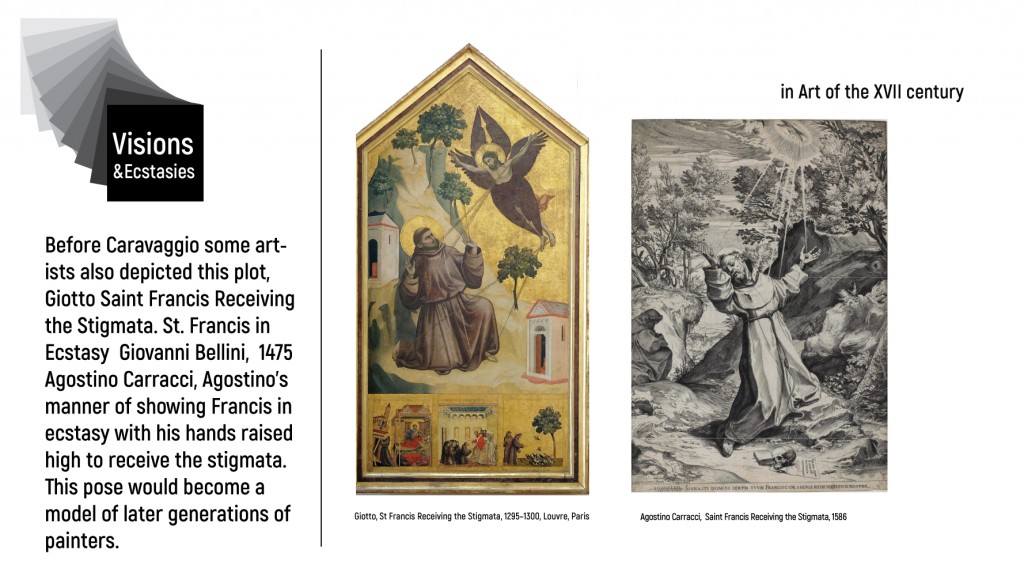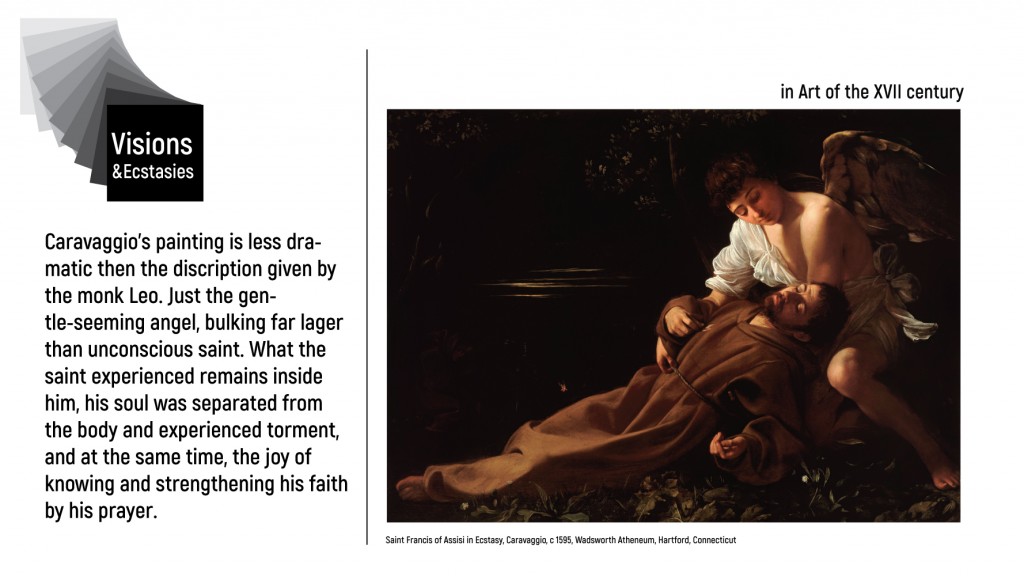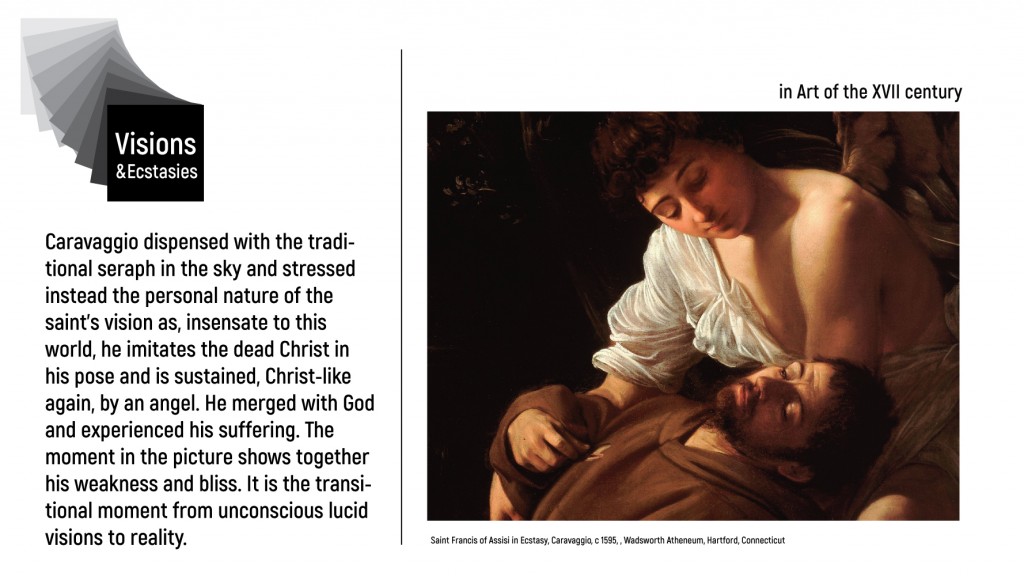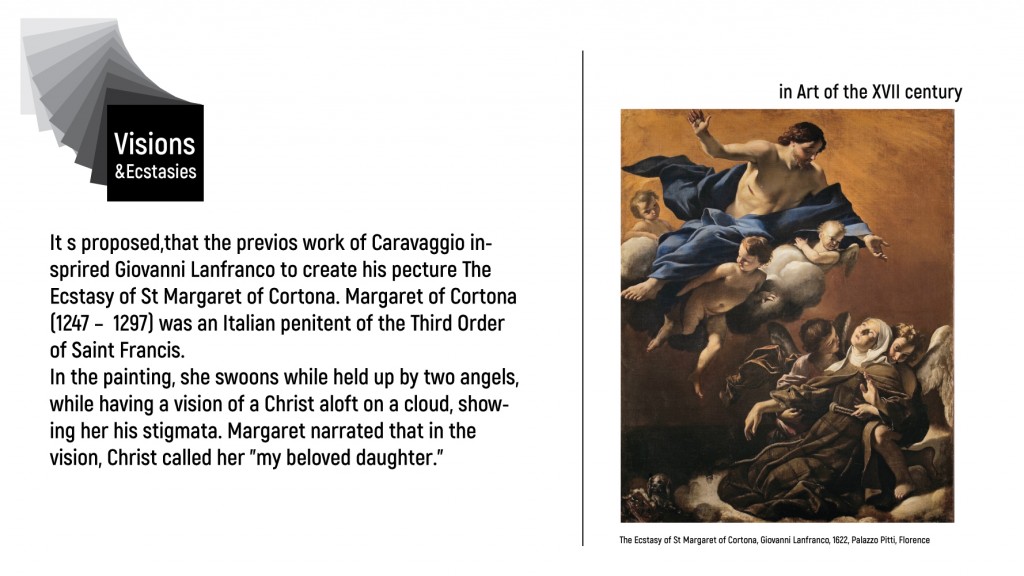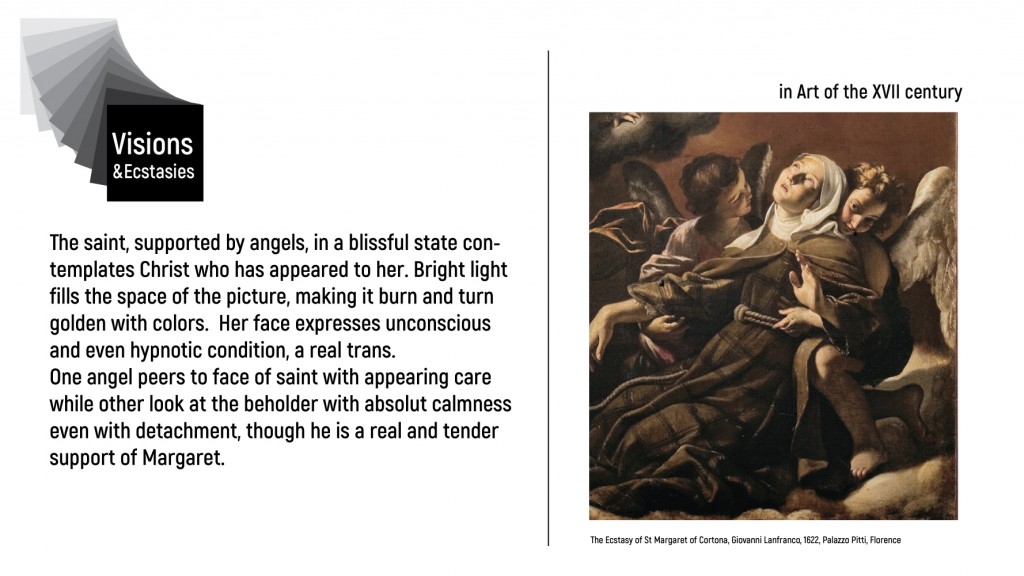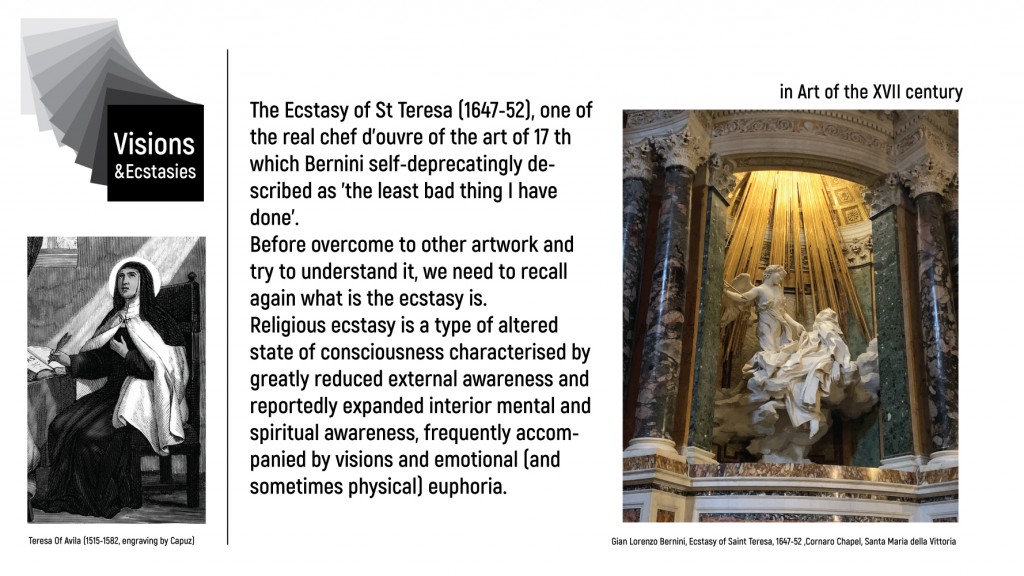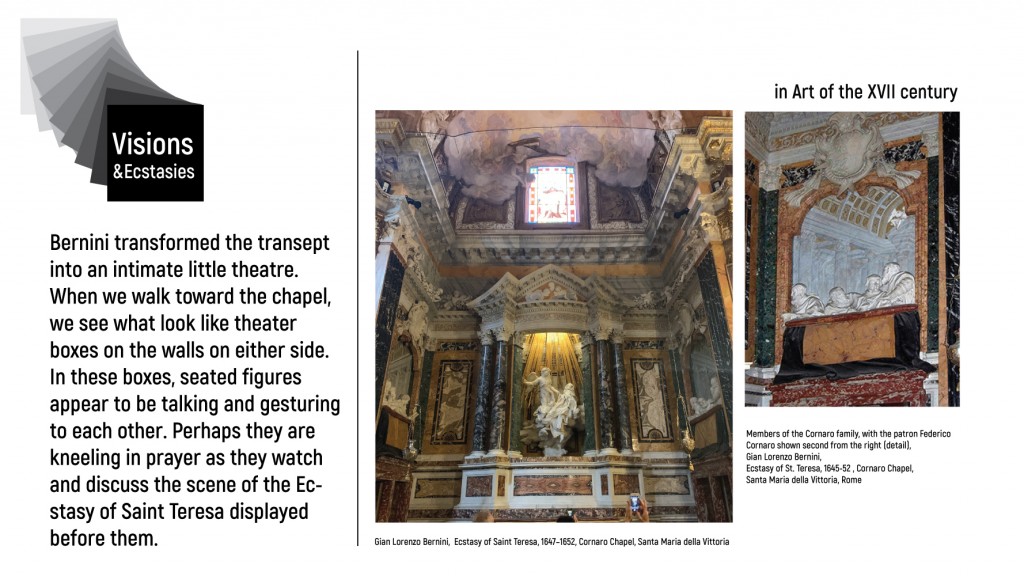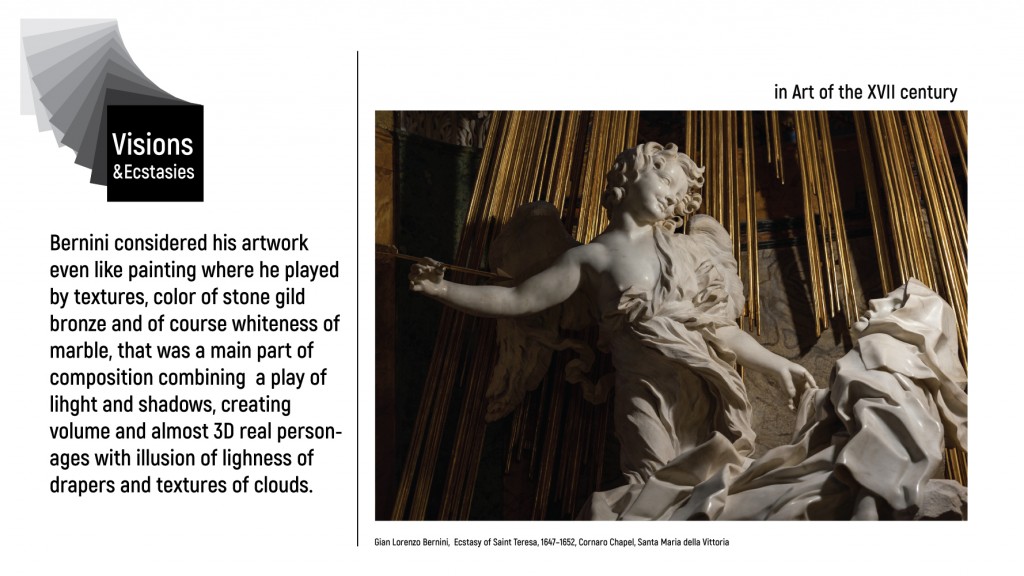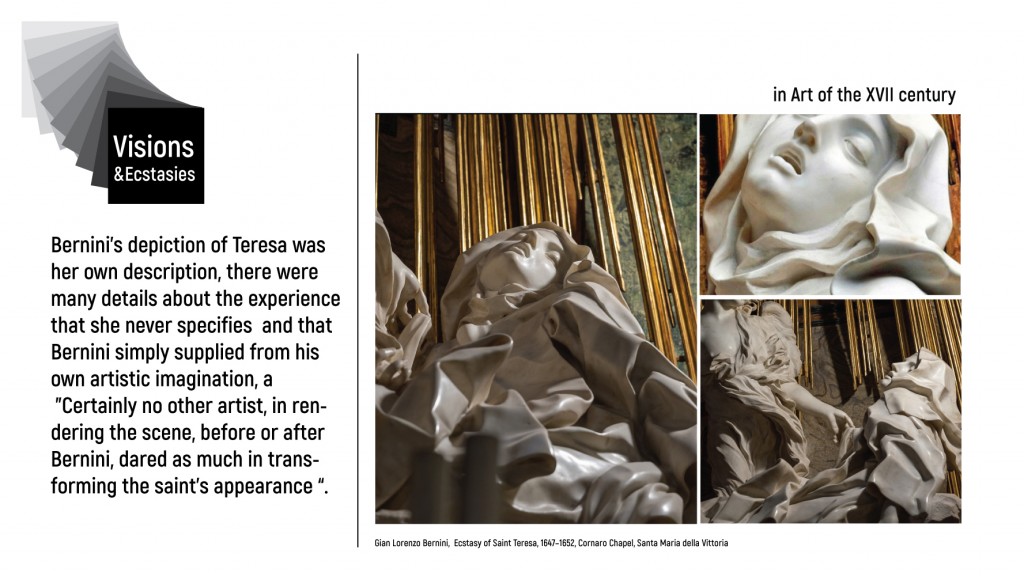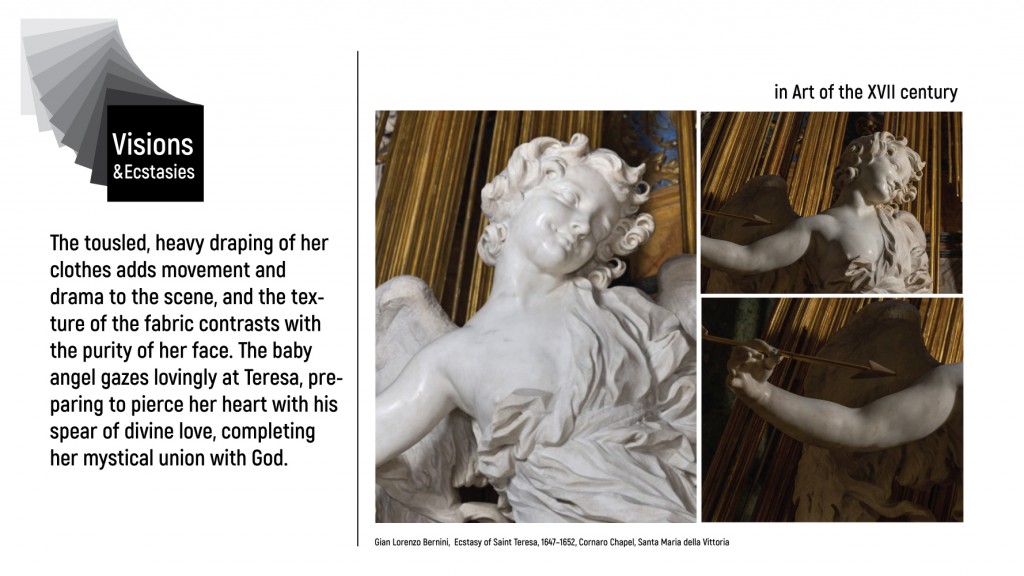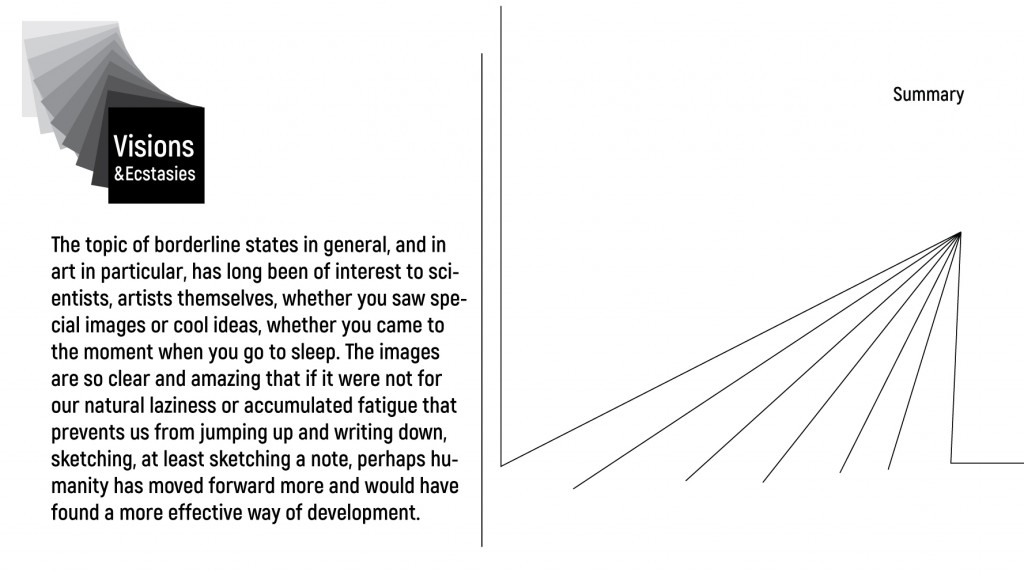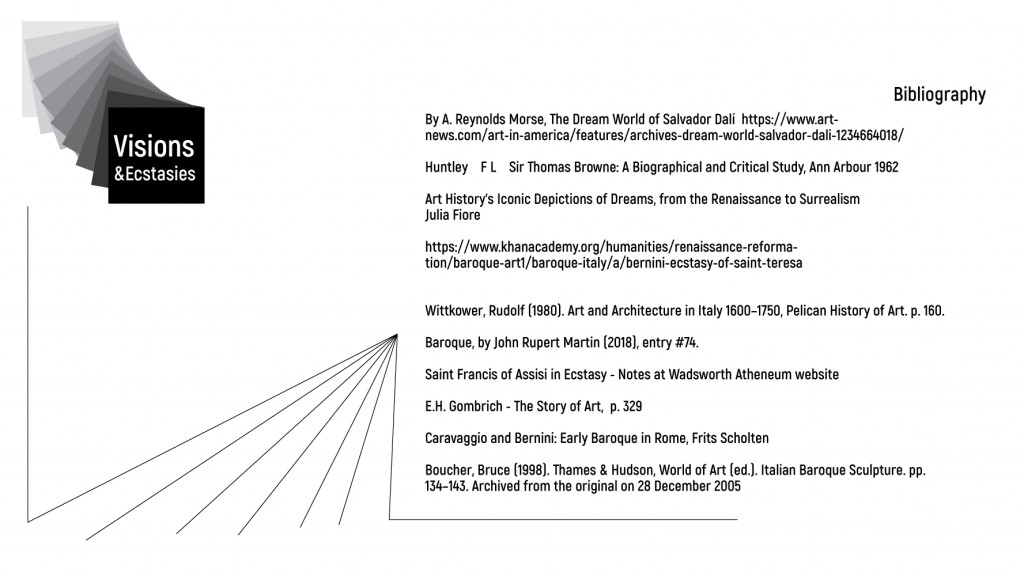The theme of appearing visions on the edge of dreaming and wakefulness has long occupied the minds of mankind.
In these transitional moments, a person can come to an insight not only how to solve some long-thinking task, an unexpected artistic image or plot, or motive of a music , but also visual and even physical sensations from meditations and prays of true believers.
One of the most famous of the scientific ones was the periodic table of elements, dreamed by the chemist Dmitry Mendeleev. This table, of course, was formulated for more than one year and more than one scientist. But the final decision came to Mendeleev in a borderline state.
The Danish scientist Niels Bohr is famous for the quantum theory of the atom. There is a statement that Nils Boru saw the model of the atom in a dream. From the words of the scientist about his vision: “It was a sun made of burning gas, around which the planets connected with its nuclei by threads revolved. Suddenly, the gas solidified, and the sun, the planet, drastically shrunk in size.”
Albert Einstein said that his entire scientific career was a rethinking of a dream he had as a teenager. In that dream, Einstein saw himself riding a sleigh down a snow-covered slope, picking up speed at which all the surrounding colors merge into one spot. This dream inspired his whole life: he thought about what happens at the speed of light, the observed life of a scientist. In confirmation, we can recall the famous statement of Einstein: “The gift of dreaming meant more to me than my talent for assimilating conscious knowledge … I spent a third of my life in a dream, and this third is by no means the worst.”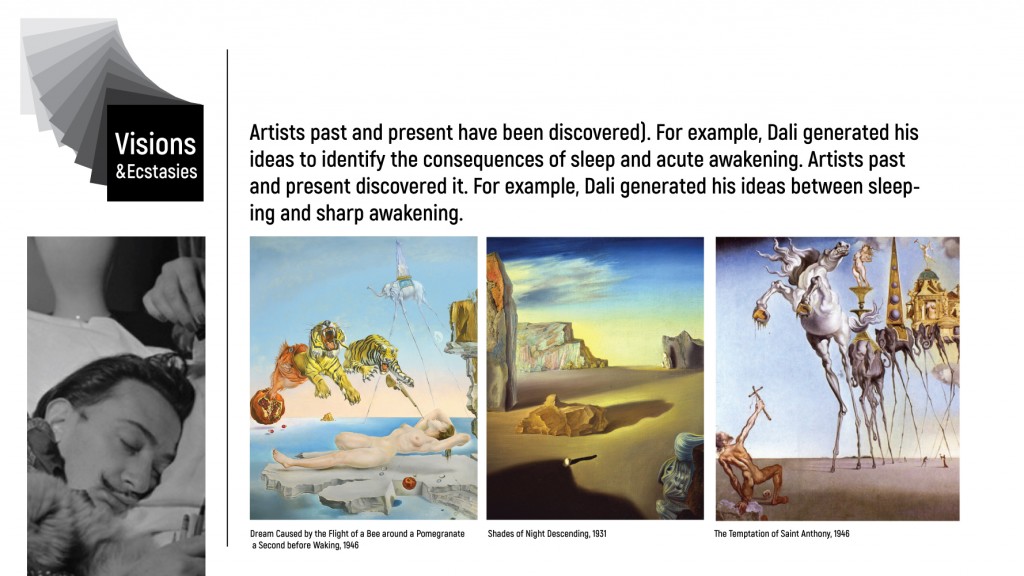
Artists, past and present have been discovered. For example, Dali generated his ideas to identify the consequences of sleep and acute awakening.
As the artist affirmed that much of his artwork came to him in the few seconds between sleep and wakefulness.
He used one key, that held in his hand and a metal bowl standing on his knees. Dreaming in the chair his hand was getting weak and key fell into metal vessel, so Dali forced to awake from loud sound. This moment he tried to remember his images coming from unconsciousness.
Dali called this “method” his “secret of sleeping while awake,” or the hypnagogic state.
Hypnagogia from a scientific point of view began to be studied from the 17th century. We do not know for certain whether the artists of that time tried such techniques on themselves, but it is quite probable that they were interested in the moment of transition from one state.
In the 17th Century, the world witnessed the acceptance of the idea of being able to control one’s dreams amongst physicians, scientists, and a few psychologists as well. Sir Thomas Browne, a philosopher, and physician studied the reasonings behind dreaming and was already making a record of his ability to be awake whilst dreaming.
The workings of the unconscious psyche were often revealed to the alchemist-physicians in their experience of dreaming. Sir Thomas was fascinated with dreams. In an age of grim realities dreaming must have been a most welcome diversion. He was in fact one of those fortunate individuals able to manipulate the sequence of events of a dream at will. This ability, in conjunction with his wide-ranging reading matter provided him with a rich fuel for his artistic creativity and is the source of much of his so-called ‘dream-imagery’ and ‘mystical symbolism’.
Yet it was the Biblical dream—a communication from God—that artists were most often called upon to represent. The Old Testament stories of Jacob’s ladder and Joseph’s interpretation of Pharaoh’s dream were popular subjects.
The work by Nicolas Dipre, foregrounds Jacob, dressed ethereally in white, reclining outdoors with his head resting on a rock. His prophetic dream, in which angels mount a ladder to heaven, appears tangibly in the landscape.
Divine visions remained a popular challenge for centuries of Western artists, who imbued the well-worn stories with ulterior meanings. Ary de Vois’s version of Jacob’s dream (1660–80) is pointedly sensual. Jacob, nude save for a strategically placed bit of cloth, languorously stretches out on a patch of grass, his idealized body on full display.
A moment that can be turned into eternity has always been exciting, especially for the masters of baroque art. I would like to open this topic based three artworks
- Saint Francis of Assisi in Ecstasy, Caravaggio, c 1595 (Wadsworth Atheneum, Hartford, Connecticut)
- The Ecstasy of St Margaret of Cortona, Lanfranco, 1622 (Pitti Palace, Florence)
- The Ecstasy of Saint Teresa, Bernini,1647–1652 (Santa Maria della Vittoria, Rome)
The painting was the first of Carravaggio’s religious canvases when he had recently entered the household of Cardinal Francesco Maria del Monte. It shows St Francis of Assisi ( the cardinal’s name saint) at the moment of receiving the signs of Stigmata, the wounds left in Christ’s body by Crucifixion.
In 1224 Franscis retired to the wilderness with a small number of his followers to contemplate God.
On the mountainside at night Brother Leo saw a six-winged seraph ( one of the higher Orders of angels) come down to Francis in answer to the saint’s prayer that he might know both Christ’s suffering and His love: All of a sudden there was a dazzling light. The sparkling features of the Being wore an expression of supernatural beauty and grief. It was the face of Jesus, and Jesus spoke. Then suddenly streams of fire and blood shot from His wounds and pierced the hands and feet of Francis with nails and his heart with the stab of a lance. As Francis uttered a mighty shout of joy and pain, the fiery image impressed itself into his body, as into a mirrored reflection of itself, with all its love, its beauty, and its grief. And it vanished within him. Another cry pierced the air. Then, with nails and wounds through his body, and with his soul and spirit aflame, Francis sank down, unconscious, in his blood.
Before Caravaggio some artists also depicted this plot, Giotto Saint Francis Receiving the Stigmata is a panel painting in tempera by the Italian artist Giotto, painted around 1295–1300 for the Church of Saint Francis in Pisa and it is now in the Musée du Louvre in Paris.
Agostino Carracci, Saint Francis Receiving the Stigmata, 1586, engraving
Agostino’s manner of showing Francis in ecstasy with his hands raised high to receive the stigmata. This pose would become a model of later generations of painters.
Caravaggio’s painting is less dramatic then count given by Leo. Just the gentle-seeming angel, bulking far lager than unconscious saint, wearing a sheet and some stage-prop wings.
There is very little to indicate the subject beyond the saint’s Franciscan robe – no sign of the Stigmata, or blood, except the wound in his heart, nor of the fearsome seraph. Yet the atmosphere remains genuinely spiritual, the two figures lit by an unearthly effulgence in the dark night-time landscape where strange glimmerings flicker on the horizon. The scene is at once real and unreal.
What the saint experienced remains inside him, his soul was separated from the body and experienced torment, and at the same time, the joy of knowing and strengthening his faith by his prayer, he merged with God and experienced his suffering. The moment in the picture shows together his weakness and bliss. It is the transitional moment at which conscious lucid visions.
There are no flashes of lightning or cracked skies. In the almost complete darkness of the night, a ray of light gently touches the face and hands of the saint and the angel who bowed and supported him. The gentle look of the angel and strong hands contrast with fatigue, almost fragility of St. Francis. The composition is shifted almost to the corner of the picture, perhaps showing that what is happening in the upper part has just ended, a moment before what is shown in the picture.
Caravaggio dispensed with the traditional seraph in the sky and stressed instead the personal nature of the saint’s vision as, insensate to this world, he imitates the dead Christ in his pose and is sustained, Christ-like again, by an angel. Another interesting detail is the fact that the wound on St. Francis’s right hand has been painted over, possibly by Caravaggio himself, with the effect of transferring the drama further from outward forms and symbols to ‘inner’ and only partially articulated feeling. Francis’s companion, Brother Leo, is discernible in the left middle distance of the picture, as are the shepherds in the background who watch the miraculous illumination of the night sky.
The Ecstasy of St Margaret of Cortona
It’ s proposed, that the previous work of Caravaggio inspired Giovanni Lanfranco to create his picture The Ecstasy of St Margaret of Cortona. Margaret of Cortona (1247 – 1297) was an Italian penitent of the Third Order of Saint Francis.
Her life worth of a whole series. She lost her mother early& her father was married again. Stepmother had hated Margaret at once. Girl had gotten beautiful and wilful to her 17s. Some rumours got circulated of her behaviour, but actually there was nothing wrong. May be even her stepmother spread these gossips. In that time girl fell in love with a son of a noble neighbour and escaped with him. Of course, she understood that she never would be his wife. But first love and hate of stepmother made their thing.
She lived in the castle of his lover without any worries, delivered her son. Everything was fine, till her beloved man was killed during hunter by his political rivalries. Waiting him long during night Margaret concern much while his dog returned to home for her. Following for the pet she came to forest and found the breathless body of her man.
Then, again everything went to a usual scenario as in many fair tales of the Middle times. The relatives of the noble lover kicked out of the house and deprived of funds. Poor women with her little baby needed to go to a monastery to ask help. She found care and even her mission. She became a virtuous woman, founded some hospitals for poor people and organised the special monastic order for nurses.
The painting depicts a mystical event with her. In the picture, she swoons while held up by two angels, while having a vision of a Christ aloft on a cloud, showing her his stigmata. Margaret narrated that in the vision, Christ called her “my beloved daughter.” Margaret’s waist is girded with the rope cincture that characterises members of the Franciscan orders. The small dog at her feet is a common feature of her iconography; it recalls the story that her dog found the body of her murdered lover, this event her life triggered her movement towards an eremitic life. The bare background is dark but rises to a luminous gilded light surround the figure of Christ. The baroque arrangement by Lanfranco, places the figures along a diagonal in the canvas and grants a realistic solidity to the characters, focusing the attention on Margaret’s psychic state and not only her overpowering miraculous vision.
The saint, supported by angels, in a blissful state contemplates Christ who has appeared to her. Bright light fills the space of the picture, making it burn and turn golden with colours. Her face expresses unconscious and even hypnotic condition, a real trans.
One angel peers to face of saint with appearing care while other look at the beholder with absolute calmness even with detachment, though he is a real and tender support of Margaret.
Lanfranco was fairly eclectic in terms of style but preferred a visionary, theatrical approach suitable more for the ceiling paintings where he was a master.
Lanfranco in his work appeared to show the influence of Caravaggio’s oil painting depicting St Francis in Ecstasy (1596). In turn, this painting may have influenced the design of the statuary group (1645-1662) depicting the Ecstasy of St Theresa by Gian Lorenzo Bernini.
The Ecstasy of Saint Teresa
The Ecstasy of St Teresa (1647-52), one of the real chef d’ouvre of the art of 17 th which Bernini self-deprecatingly described as ‘the least bad thing I have done’.
Before overcome to other artwork and try to understand it, we need to recall again what is the ecstasy is.
Religious ecstasy is a type of altered state of consciousness characterised by greatly reduced external awareness and reportedly expanded interior mental and spiritual awareness, frequently accompanied by visions and emotional (and sometimes physical) euphoria.
.
Canonized largely for the spiritual visions she experienced, Teresa of Ávila was a nun who lived in 16th century Spain, at the height of the Reformation. She wrote about her visions in several books, including this description of the scene Bernini depicted:
Beside me, on the left, appeared an angel in bodily form…. He was not tall but short, and very beautiful; and his face was so aflame that he appeared to be one of the highest rank of angels, who seem to be all on fire…. In his hands I saw a great golden spear, and at the iron tip there appeared to be a point of fire. This he plunged into my heart several times so that it penetrated to my entrails. When he pulled it out I felt that he took them with it, and left me utterly consumed by the great love of God. The pain was so severe that it made me utter several moans. The sweetness caused by this intense pain is so extreme that one cannot possibly wish it to cease, nor is one’s soul content with anything but God. This is not a physical but a spiritual pain, though the body has some share in it—even a considerable share.
Bernini transformed the transept into an intimate little theatre, the private preserve of the Cornaro family, who look on from their boxes.
When we look at Bernini’s Ecstasy of Saint Teresa, we must consider the space that surrounds it. The grouping in the centerpiece of the Cornaro Chapel, named for the Cornaro family who commissioned the chapel and hired Bernini to decorate it.
When we walk toward the chapel, we see what look like theatre boxes on the walls on either side. In these boxes, seated figures appear to be talking and gesturing to each other. Perhaps they are kneeling in prayer as they watch and discuss the scene of the Ecstasy of Saint Teresa displayed before them.
Who are these figures in the theatre boxes? One is Federico Cornaro, Cardinal of Venice and the patron who paid for the Cornaro Chapel. The others are posthumous portraits of members of the Cornaro family (many of them were also Cardinals). Behind them Bernini created a fabulous illusion of architecture—a coffered barrel vault, doorway and columns.
If we follow the metaphor of a theatre, it feels as though we’ve got the best seats in the house! And importantly, what’s happened is that we have immediately become a part of the work of art. It surrounds us, and we are literally inside of it. This is, as we have seen, a typical feature of Baroque art—breaking down the barrier between the work and the viewer —to involve us.
The sculptural group, pure white, is illuminated by the natural light coming from a recess, invisible to viewers, reflecting off golden rays which seem to come down to the Saint and an angel, suspended in mid air.
The Ecstasy of Saint Teresa by Bernini is the work which more than others represent the artist’s desire to combine all arts: architecture frames the scene, sculpture describes the mystical event, and background decorates the recess.
Everything blends into one image involving viewers personally, while light effects make everything spectacular, or better theatrical.
Bernini considered his artwork even like painting where he played by textures, color of stone gild bronze and of course whiteness of marble, that was a main part of composition combining a play of light and shadows, creating volume and almost 3D real personages with illusion of lightness of drapers and textures of clouds.
